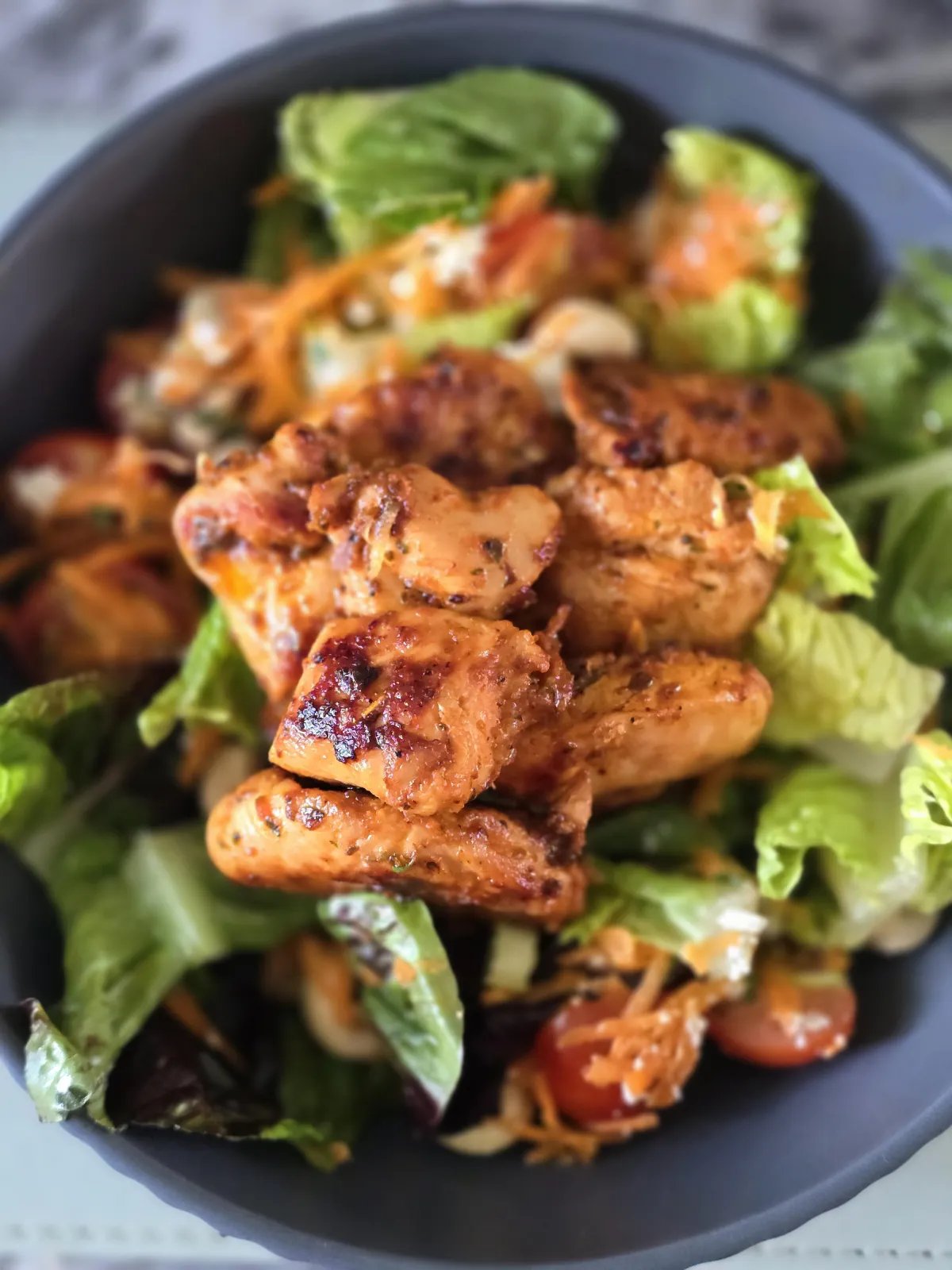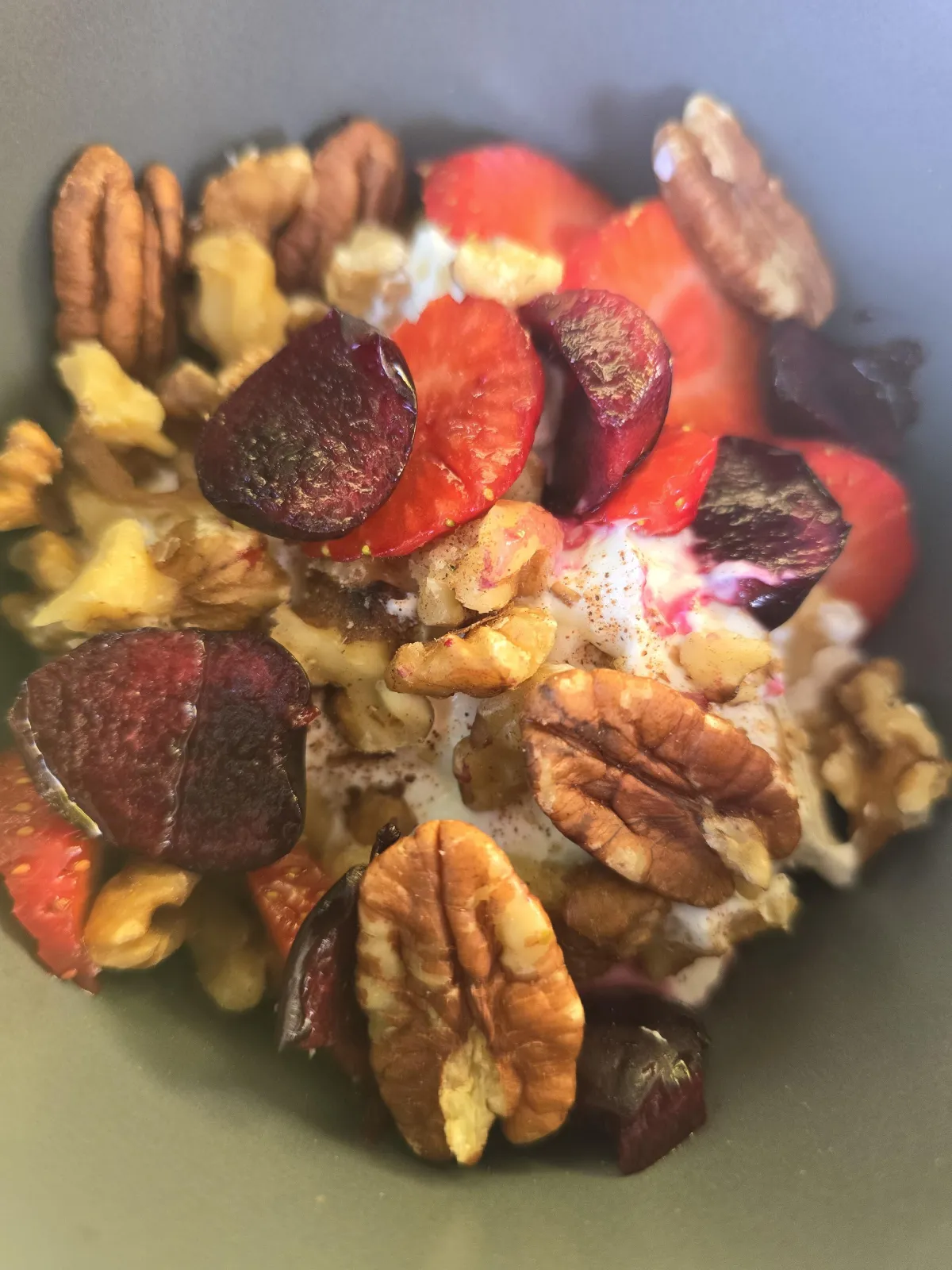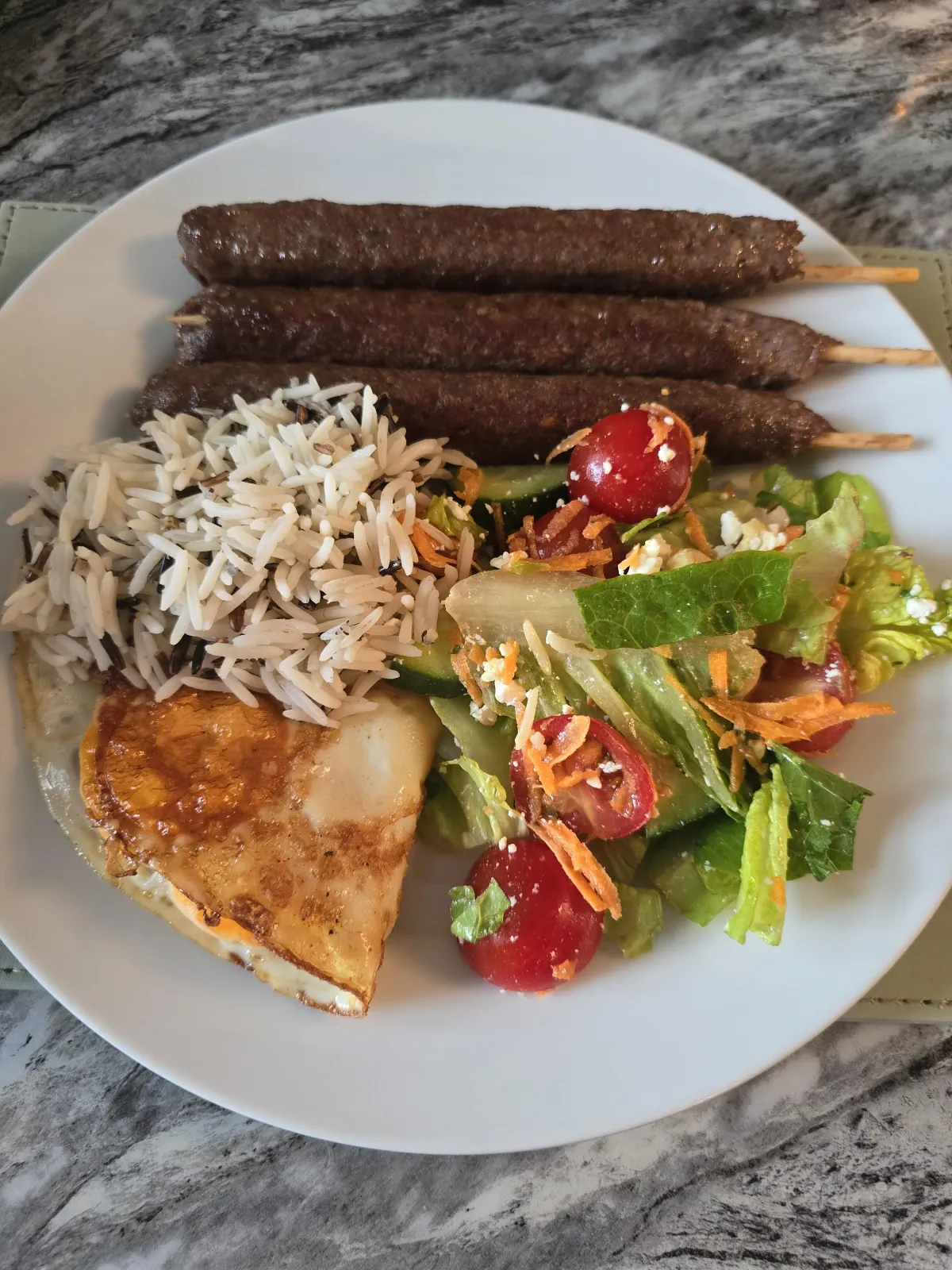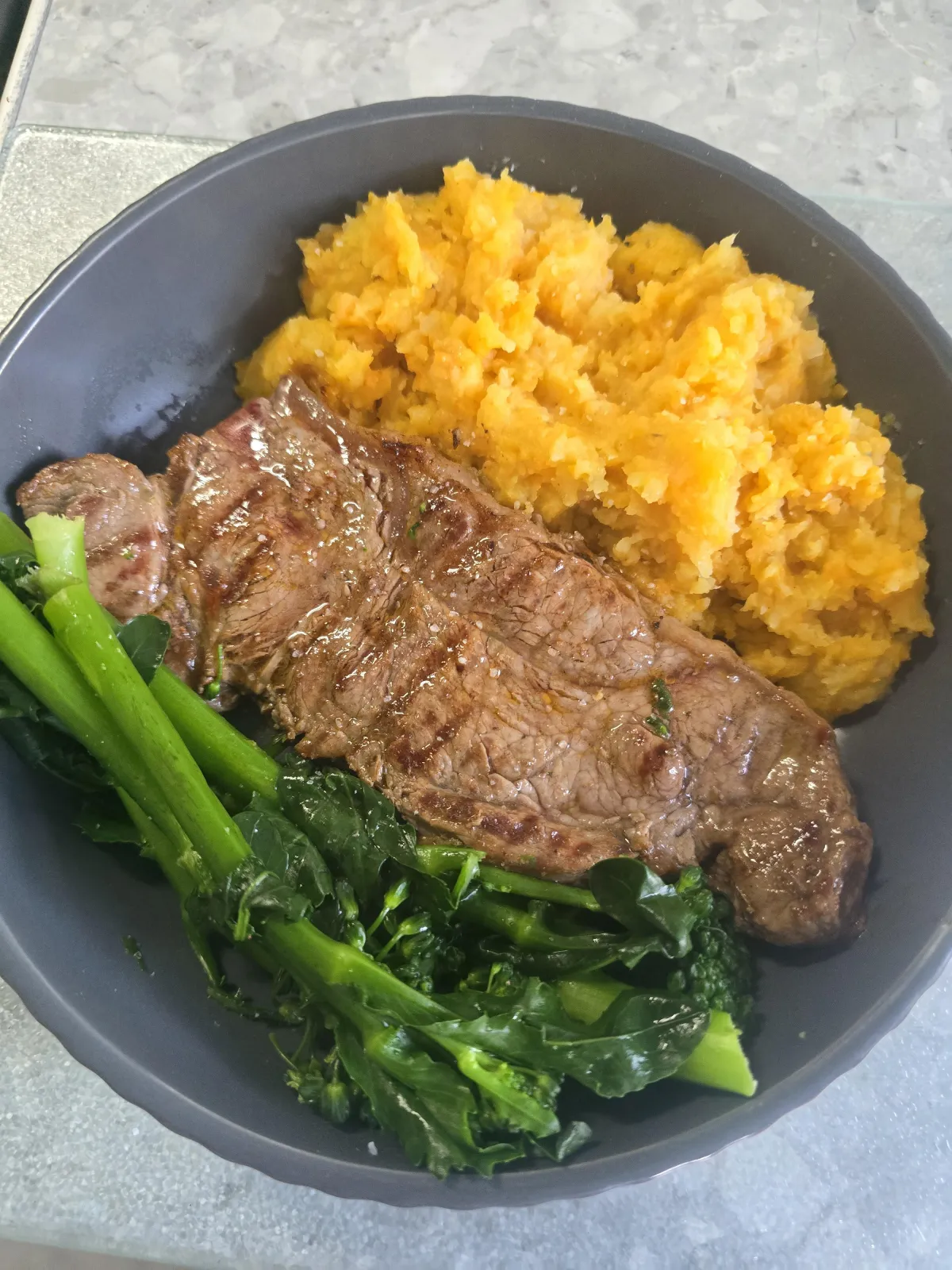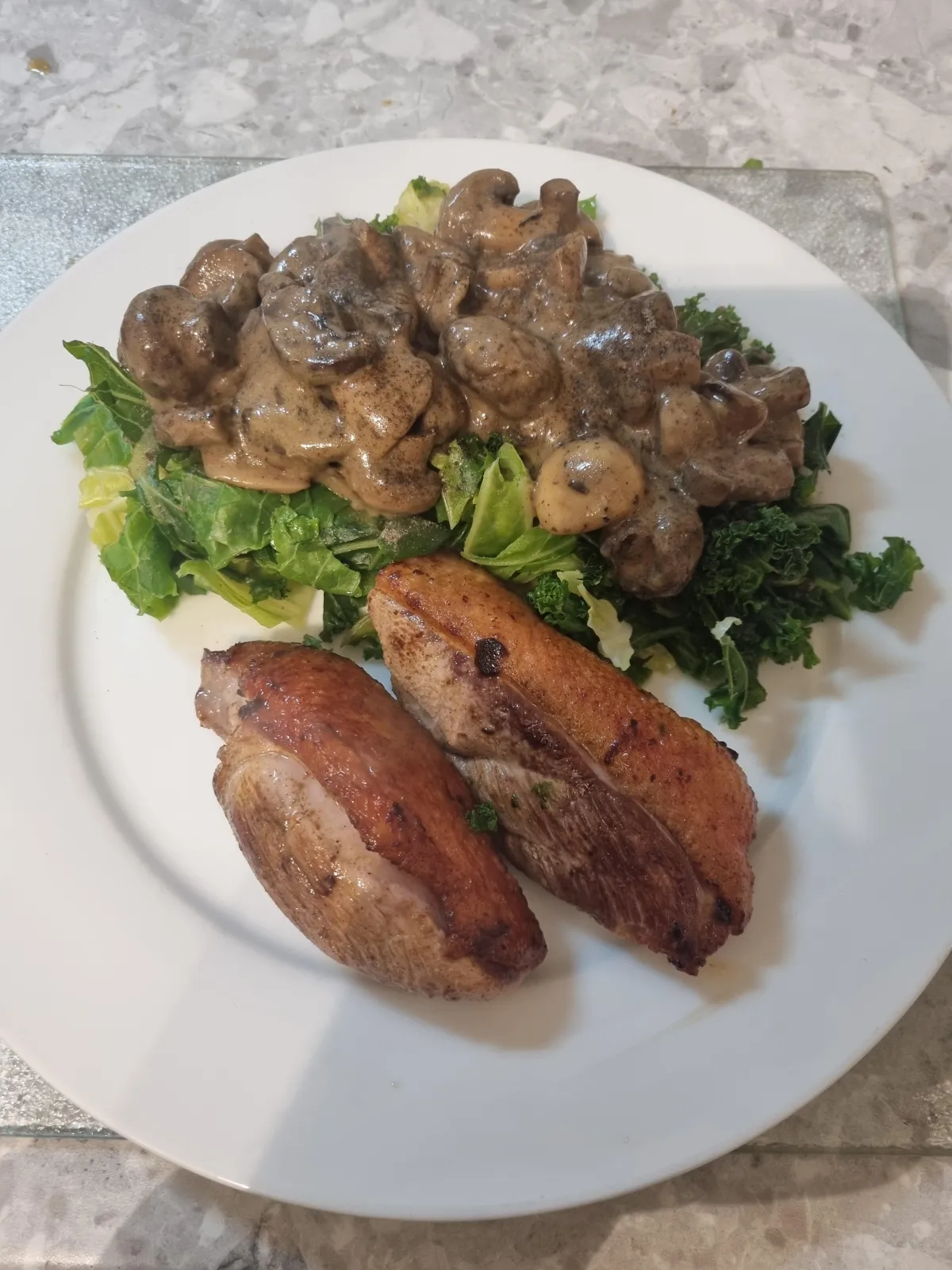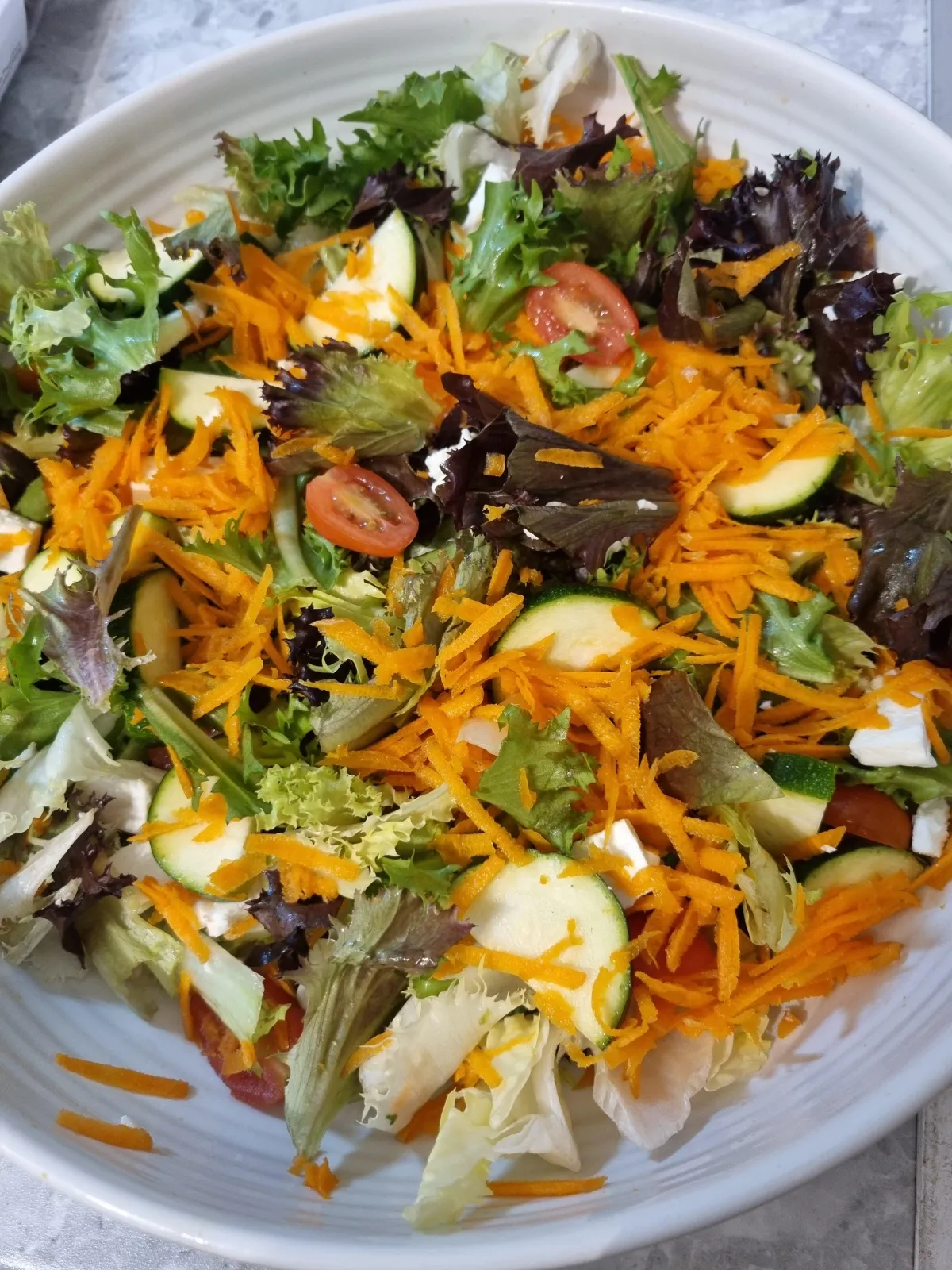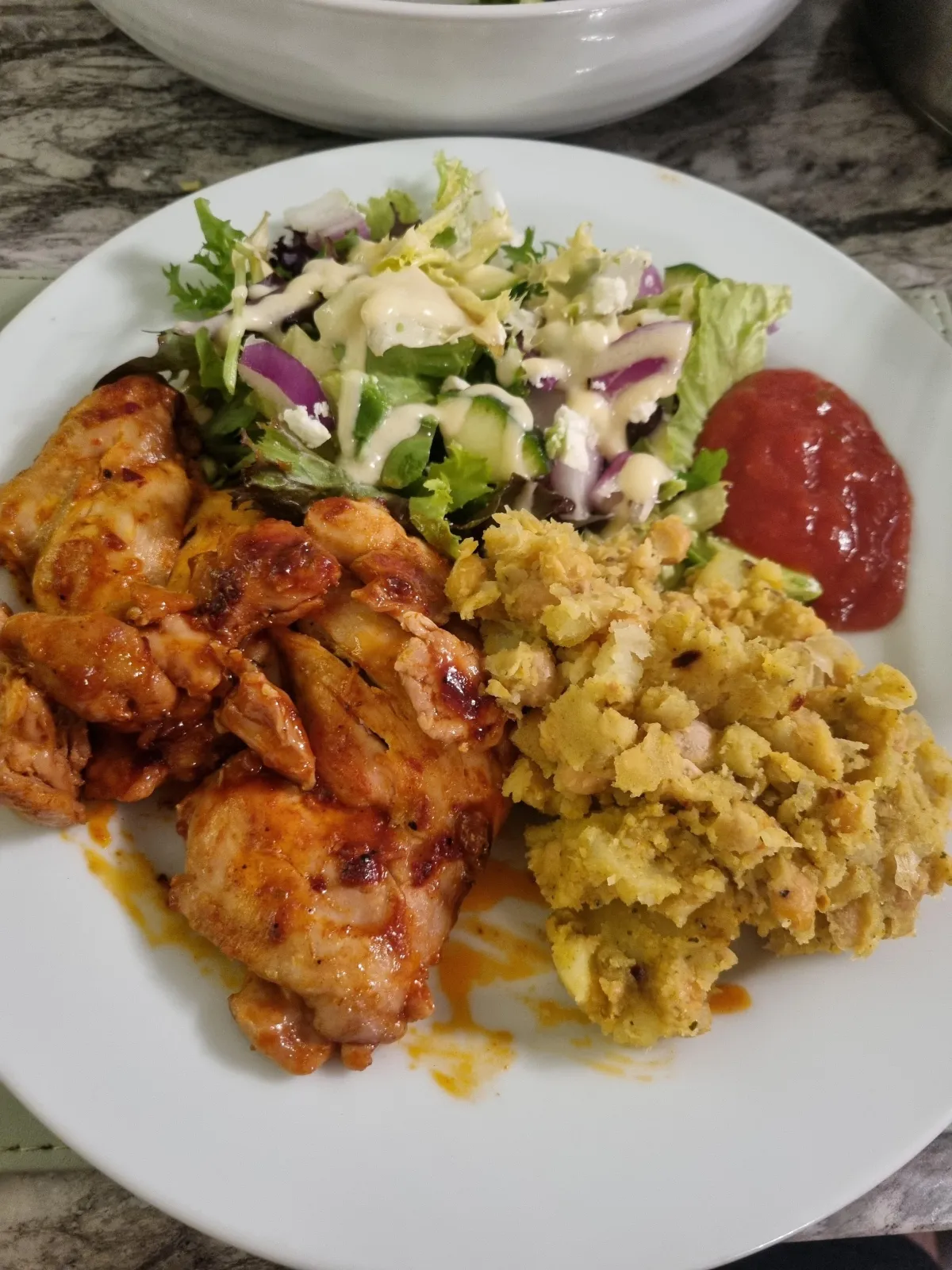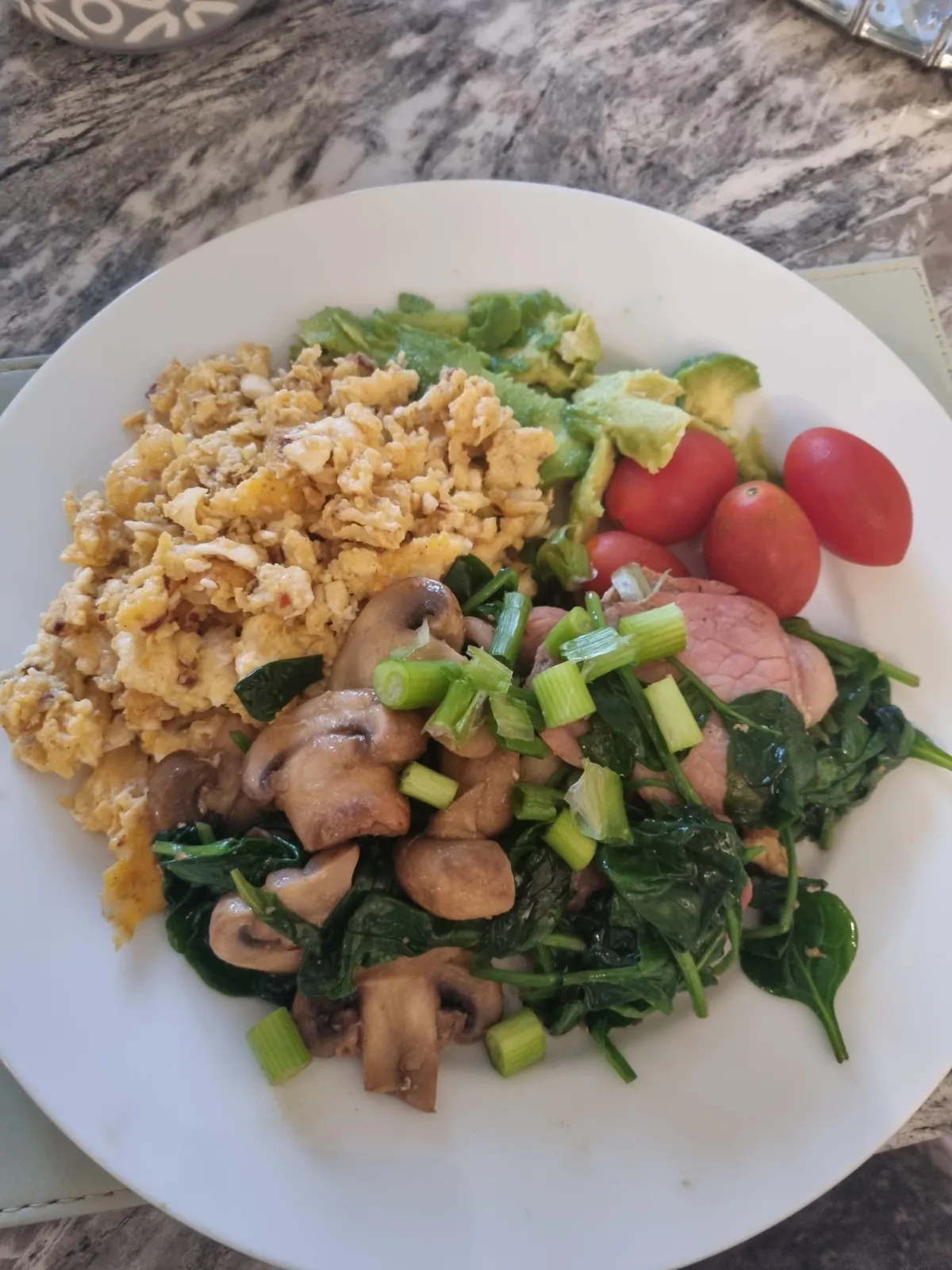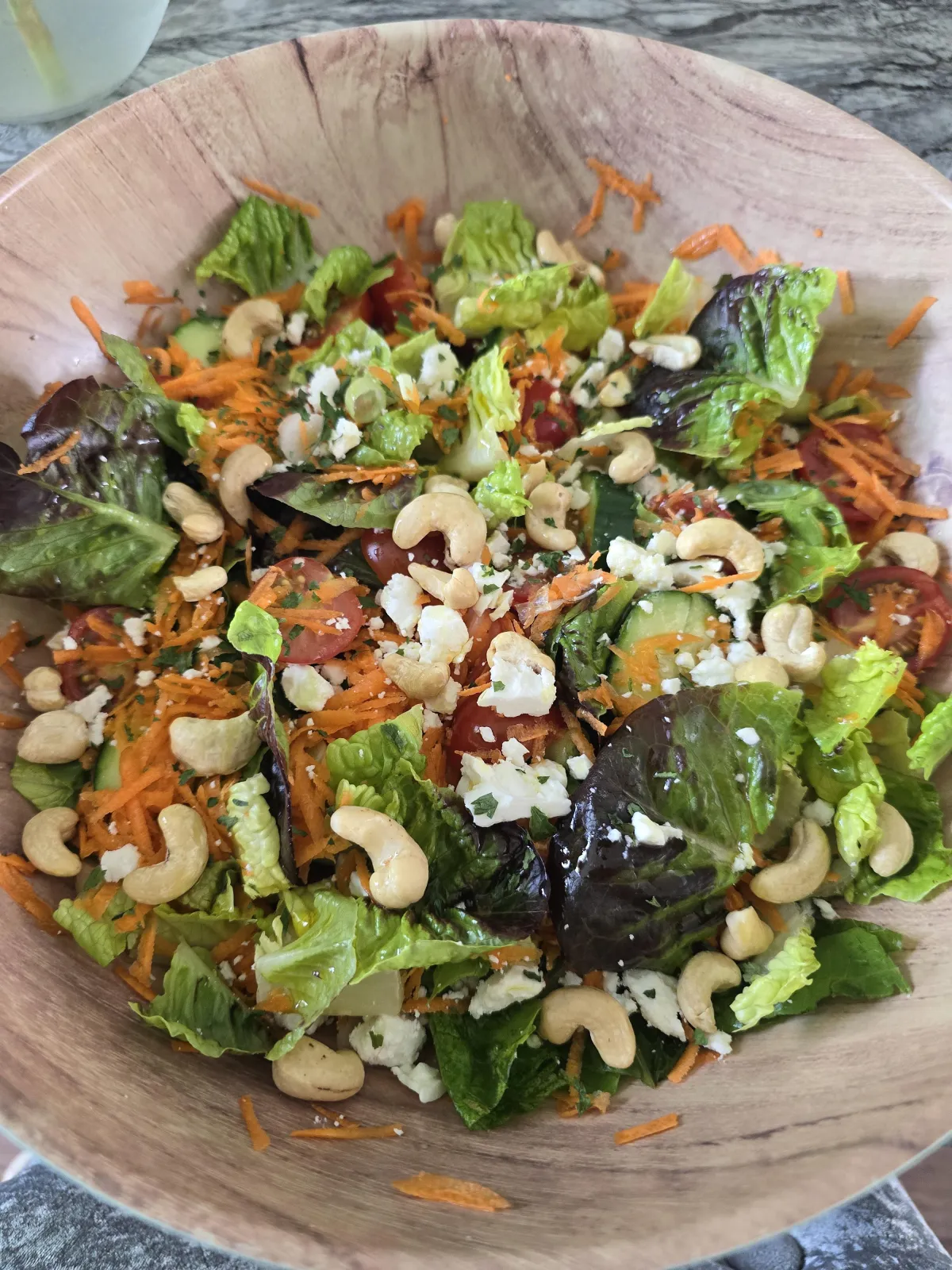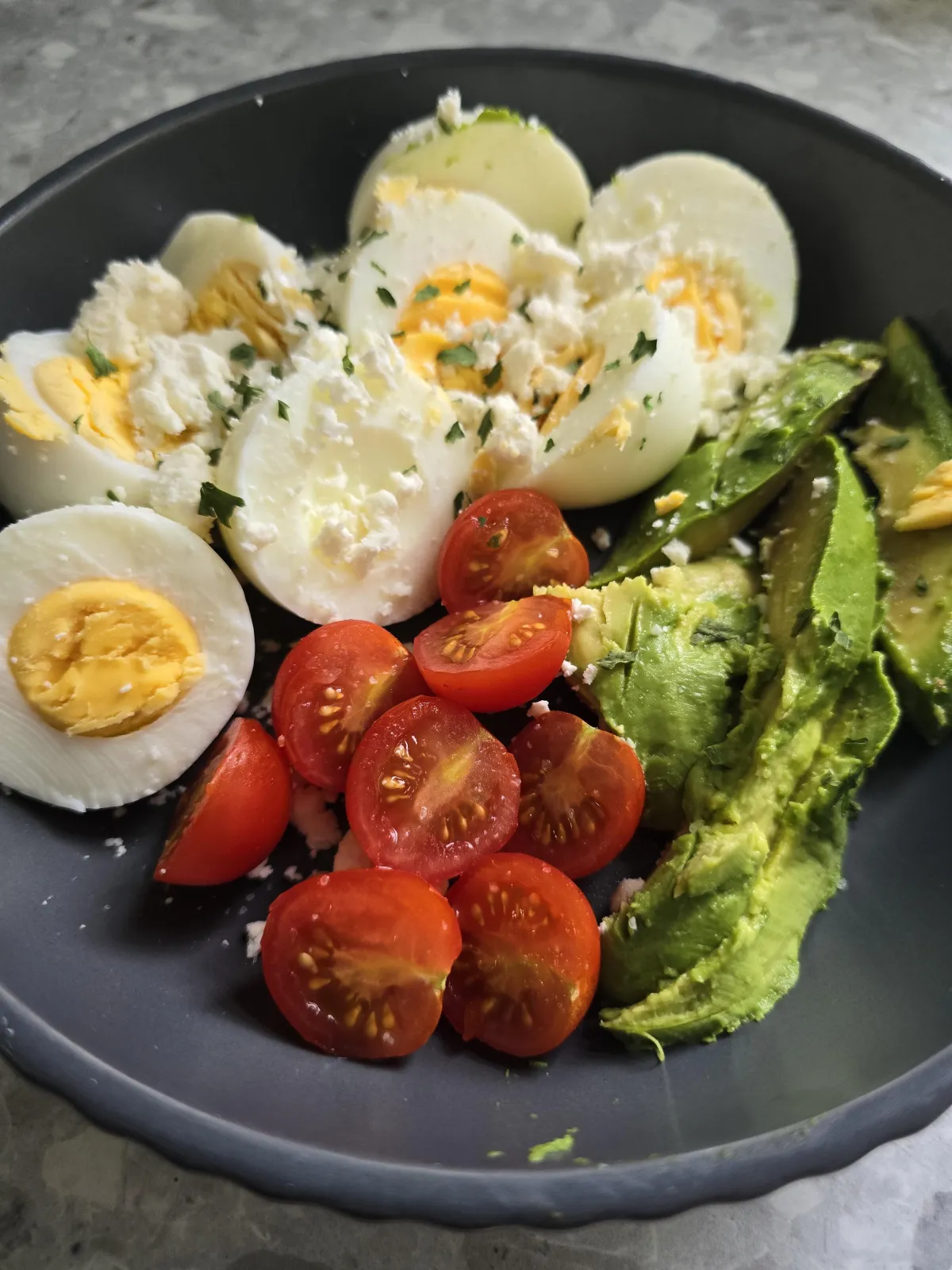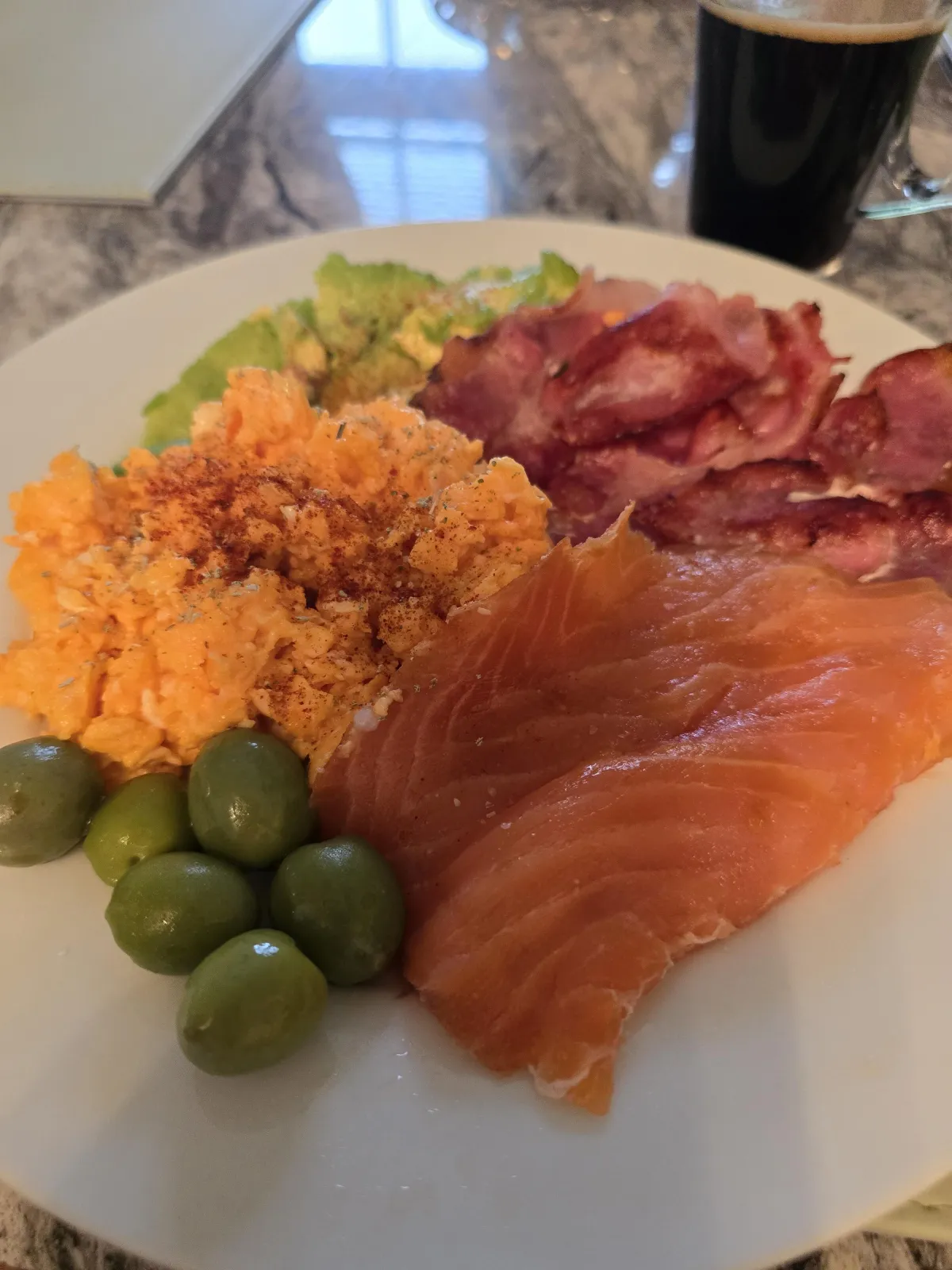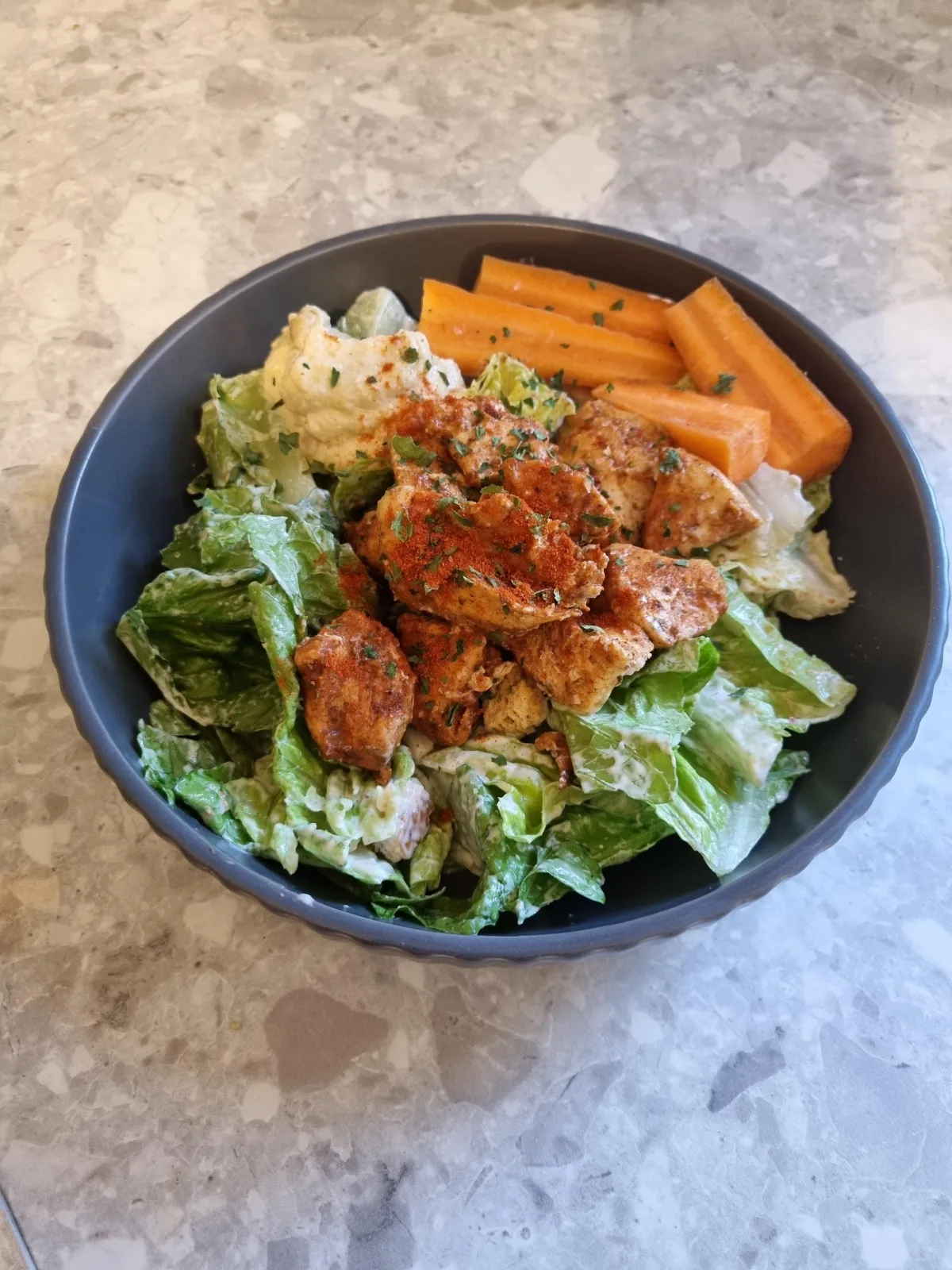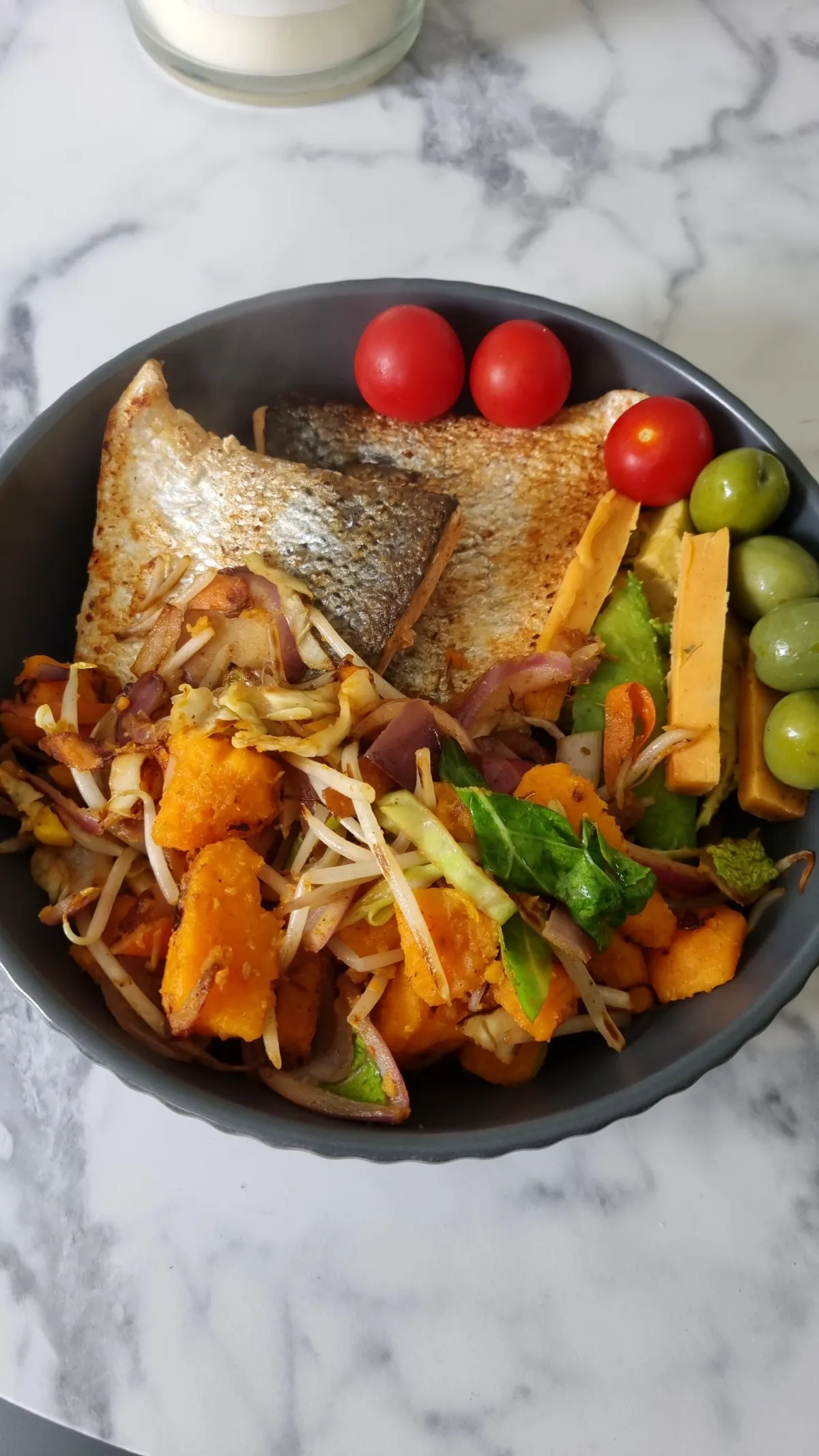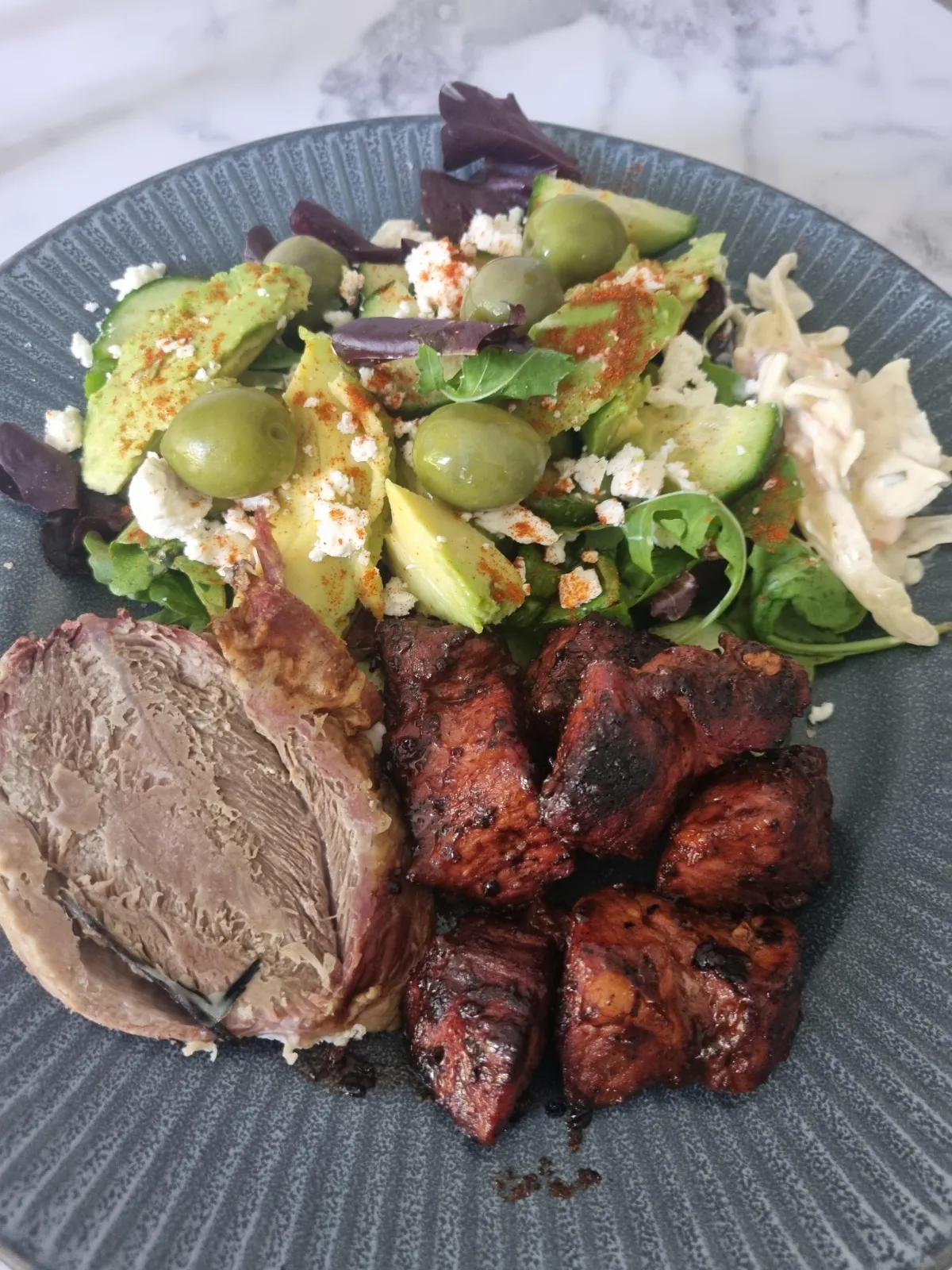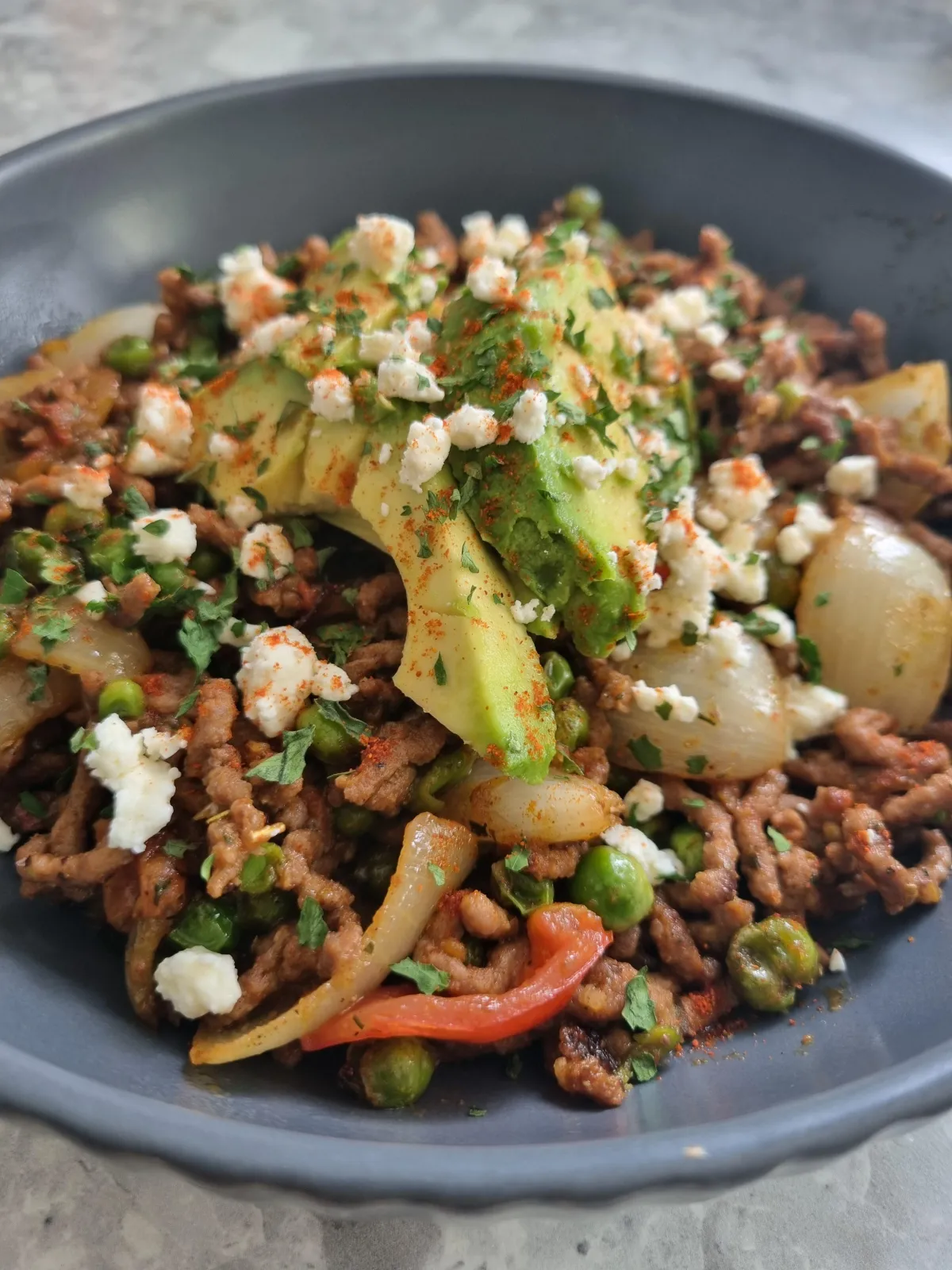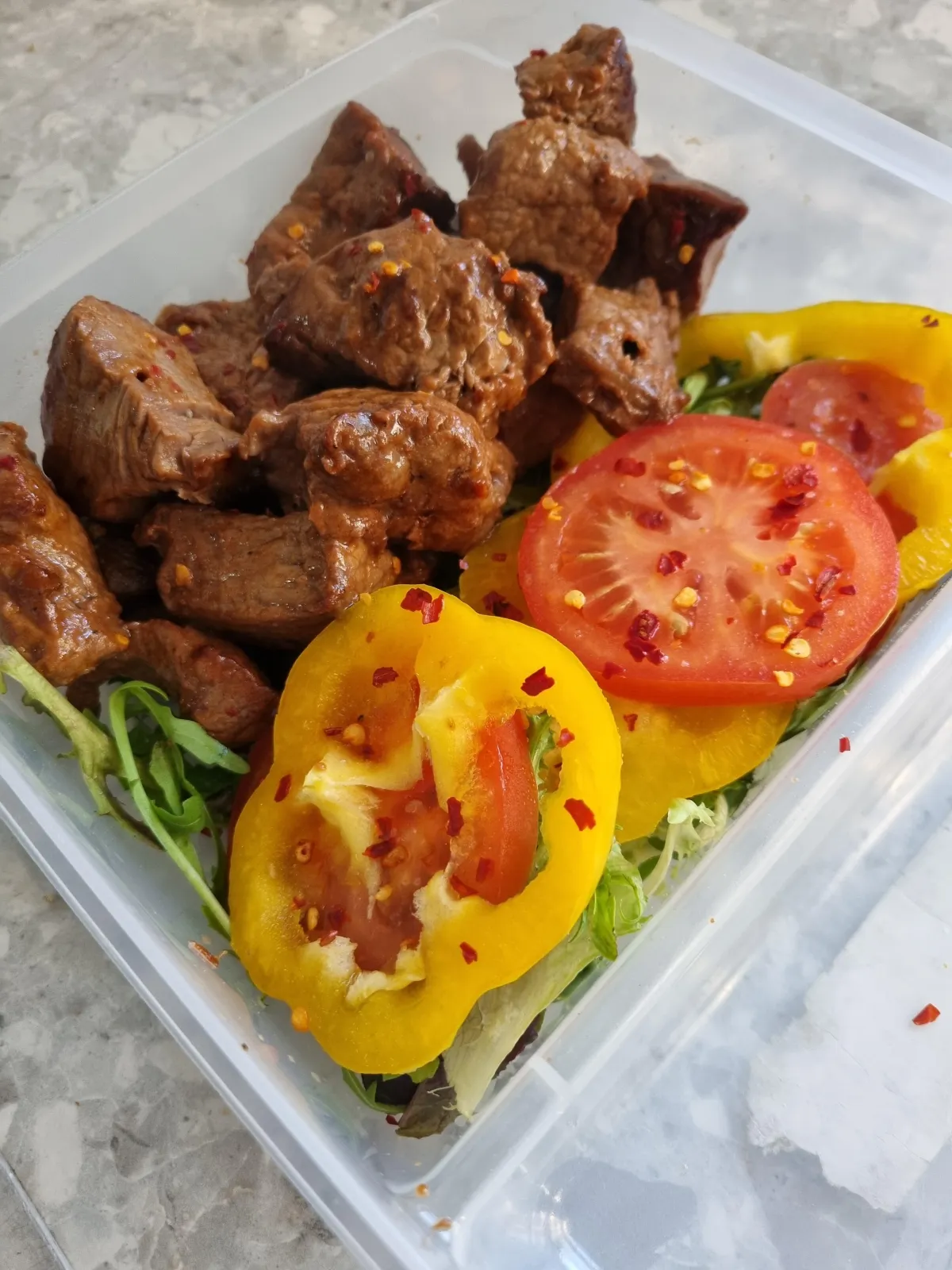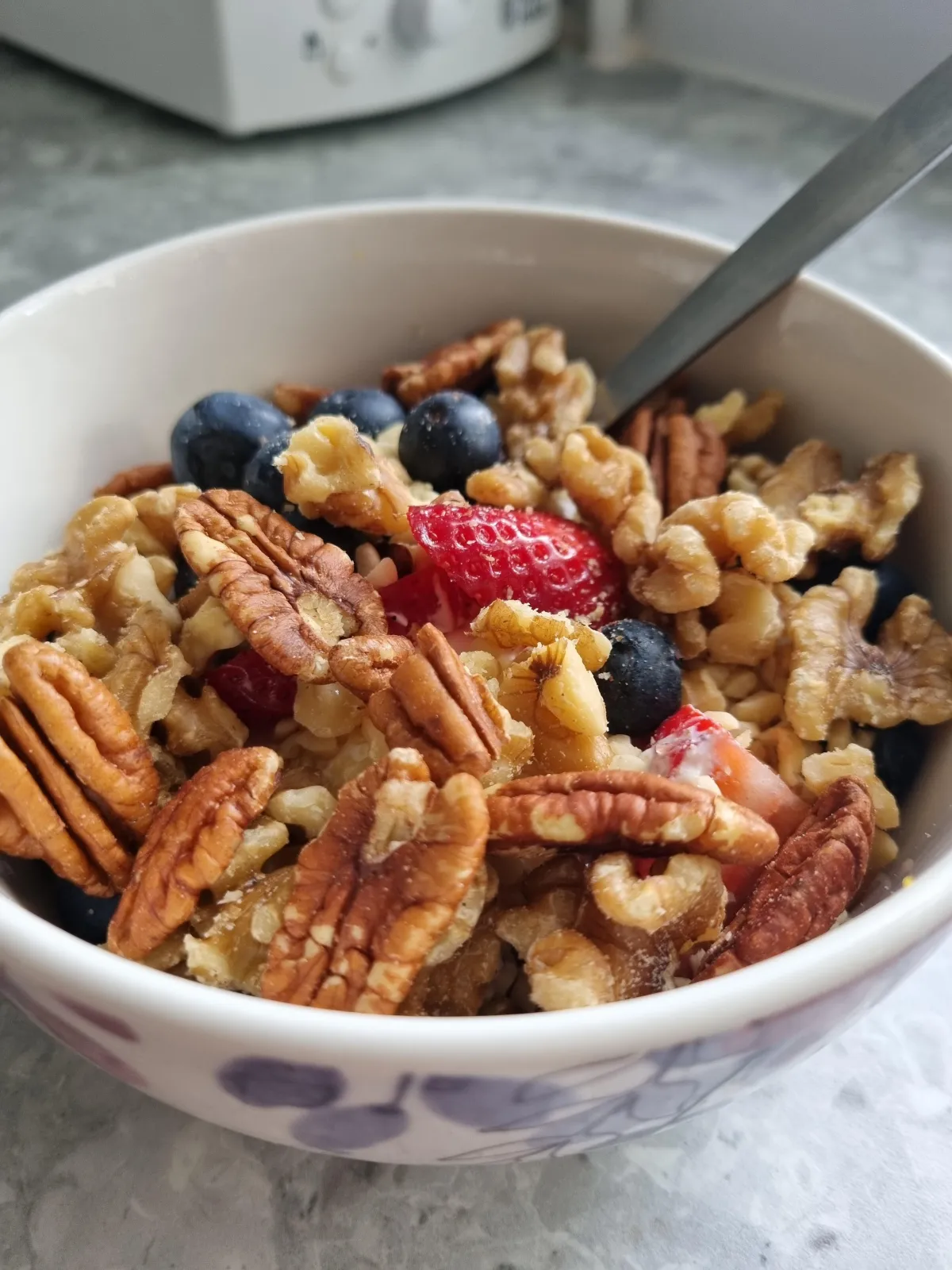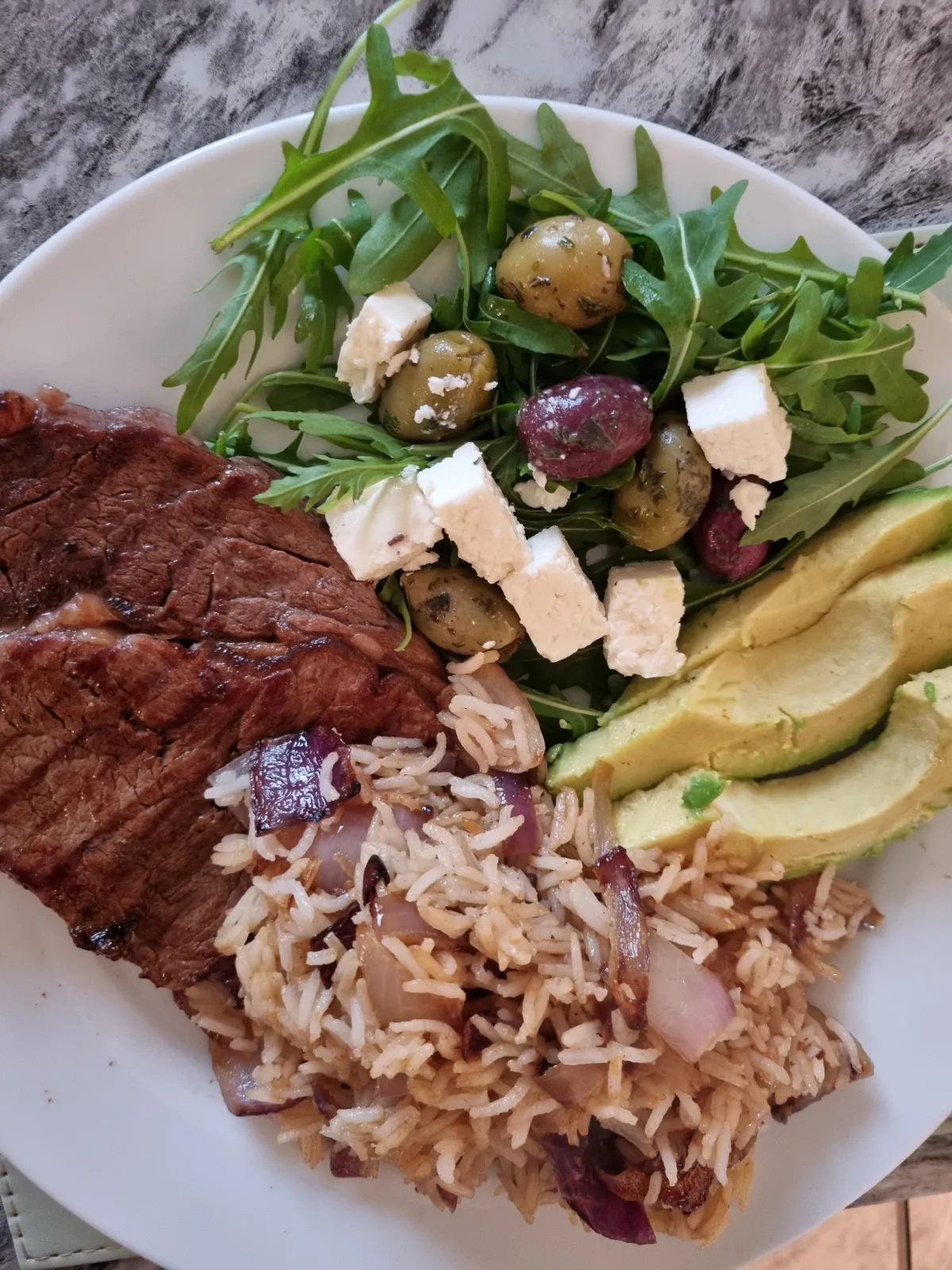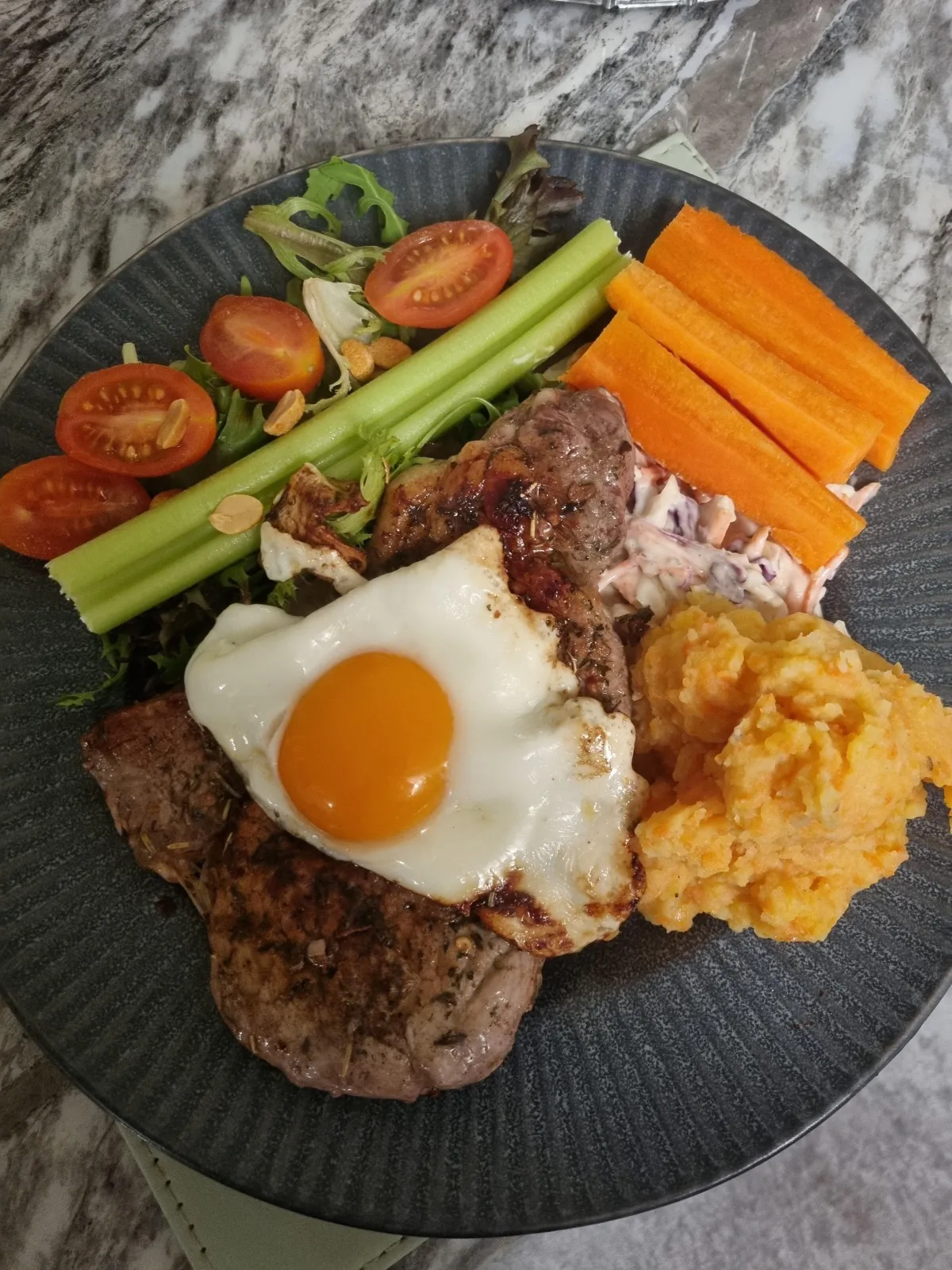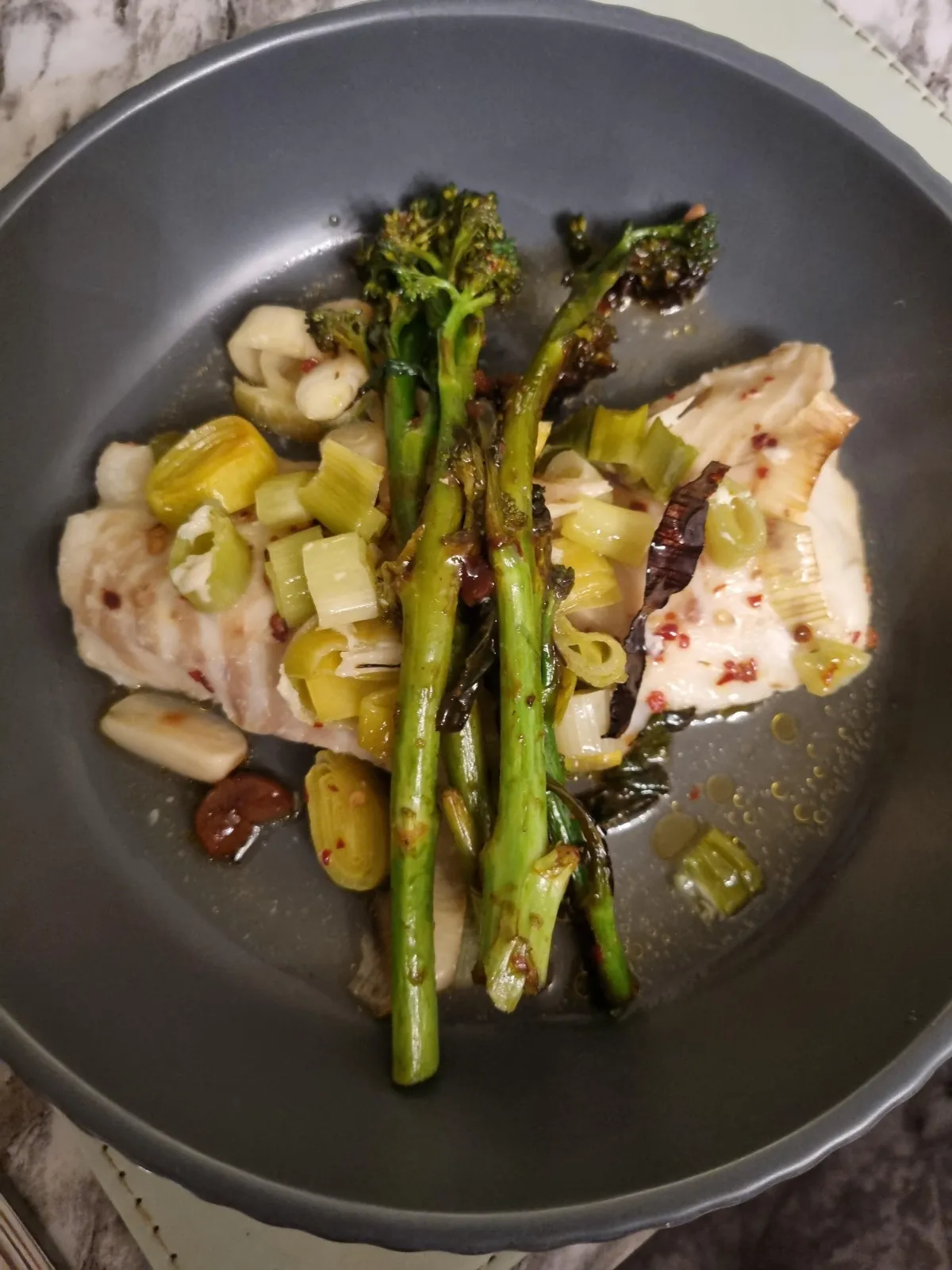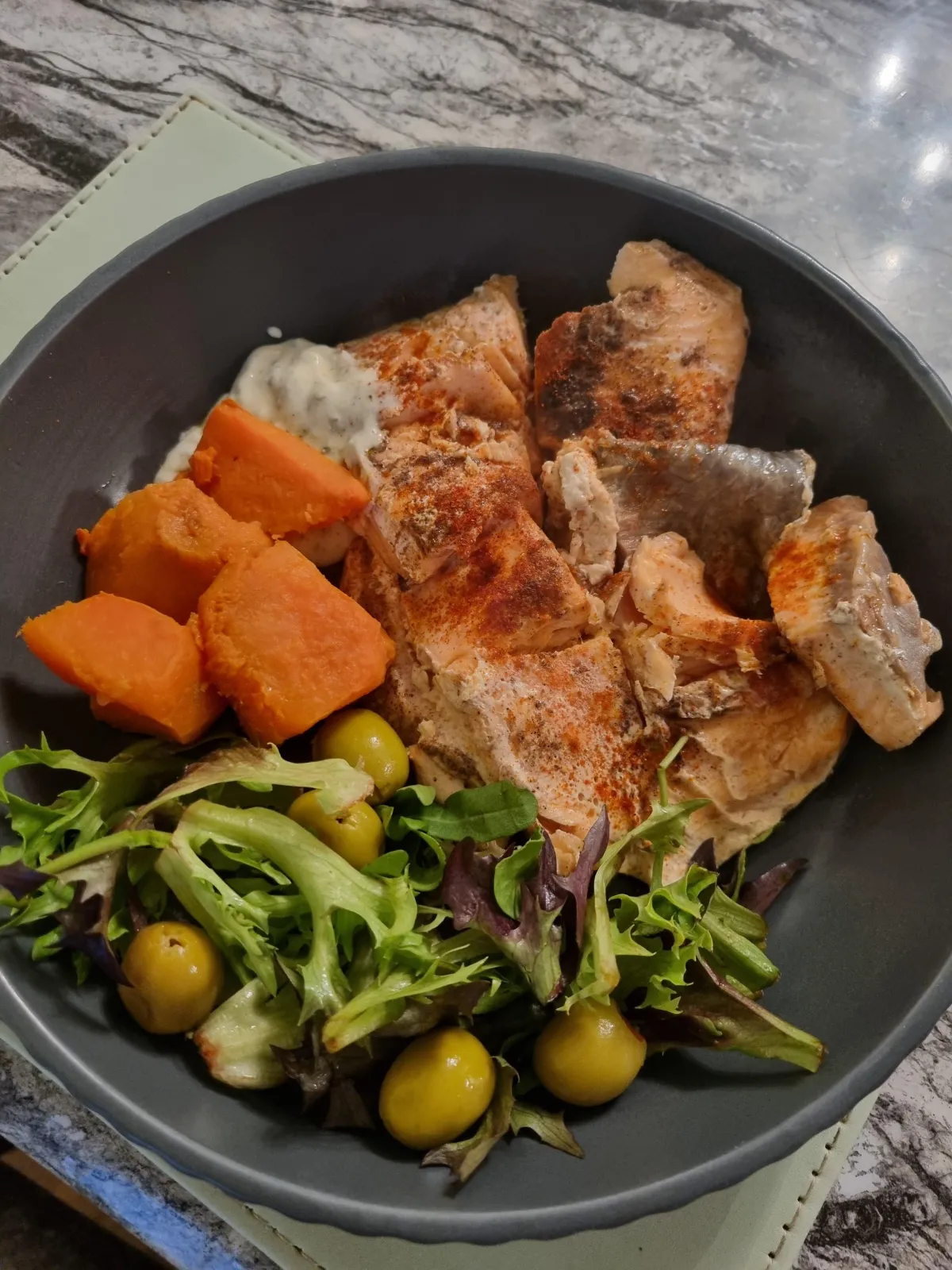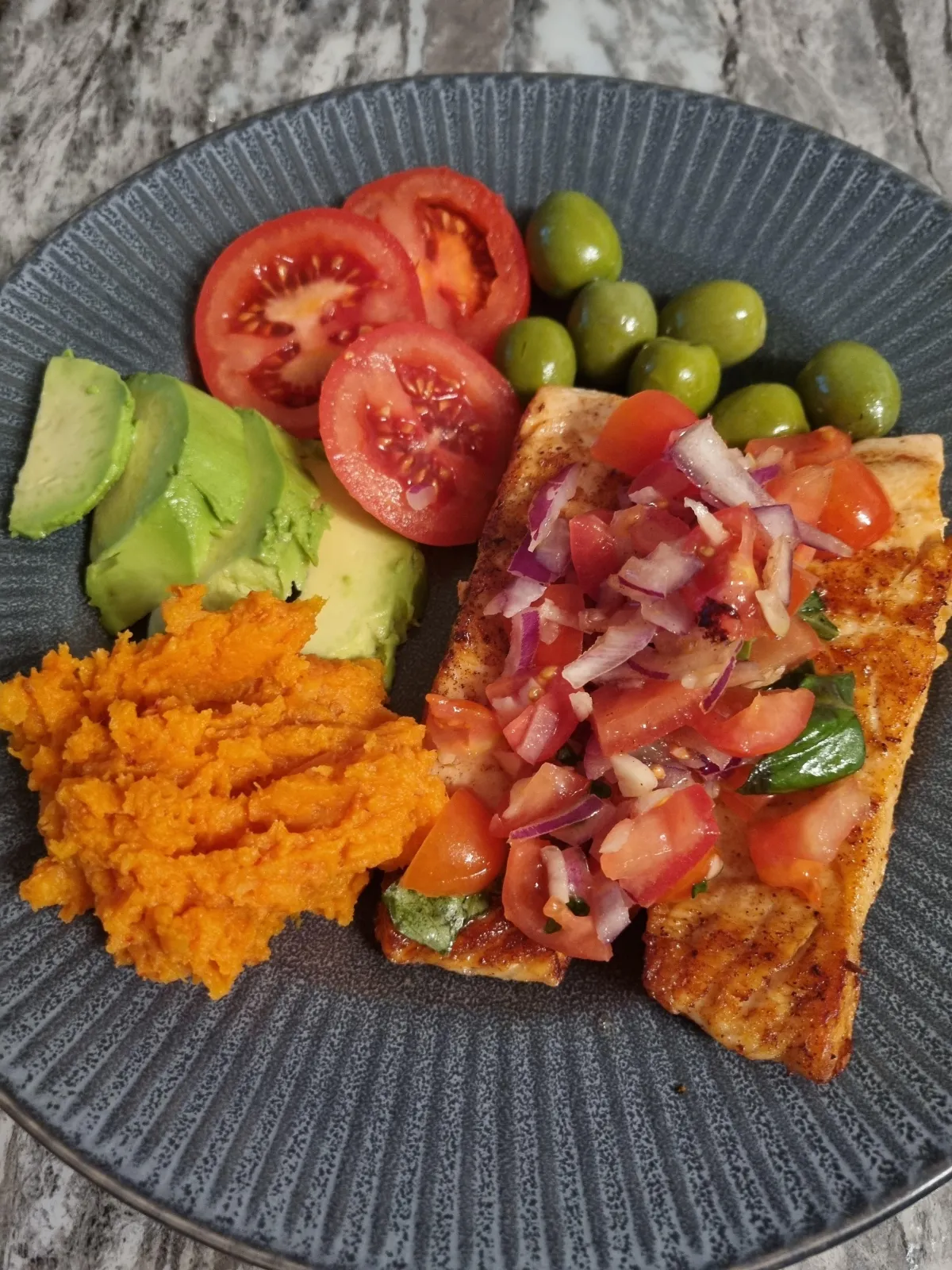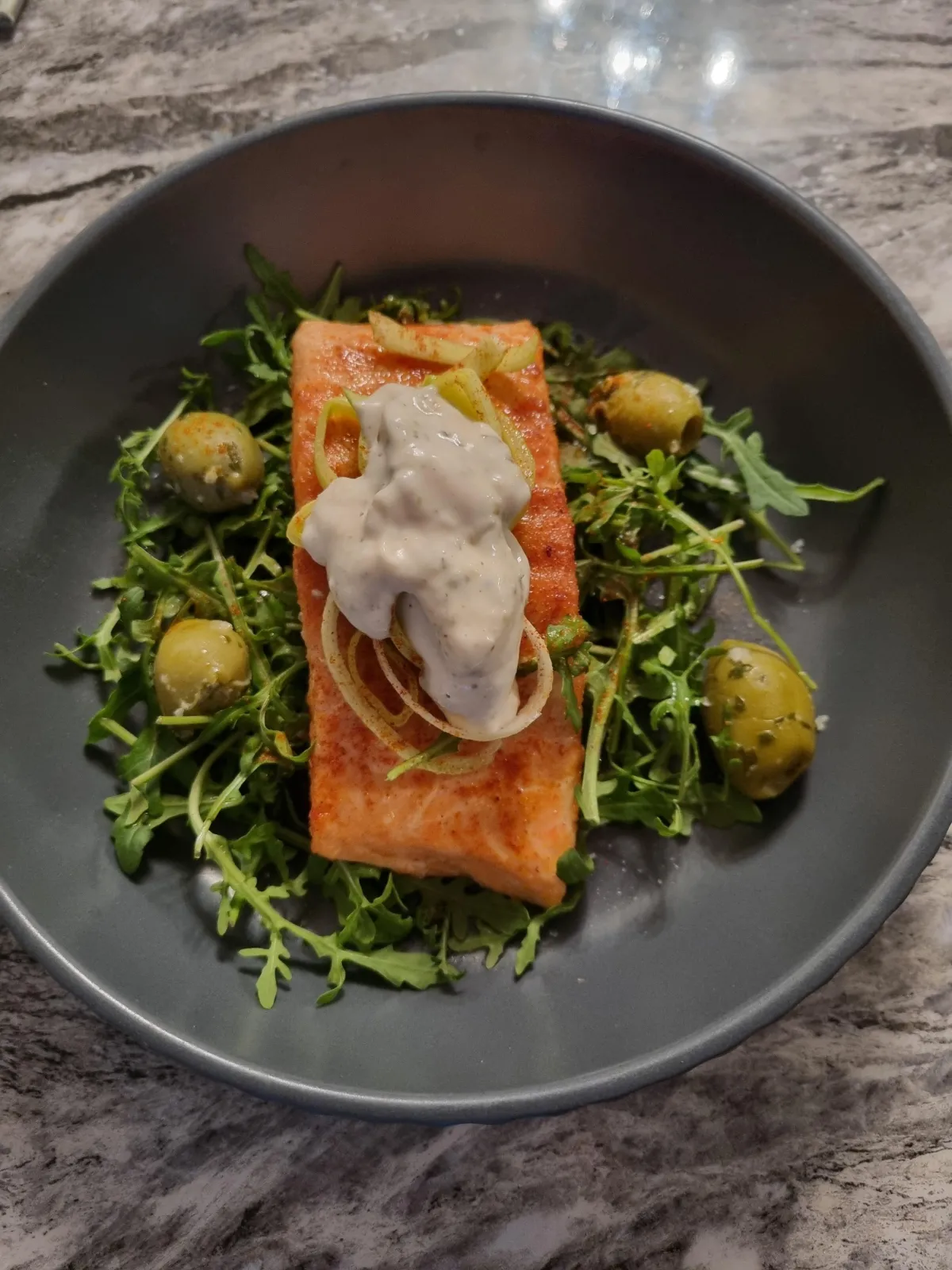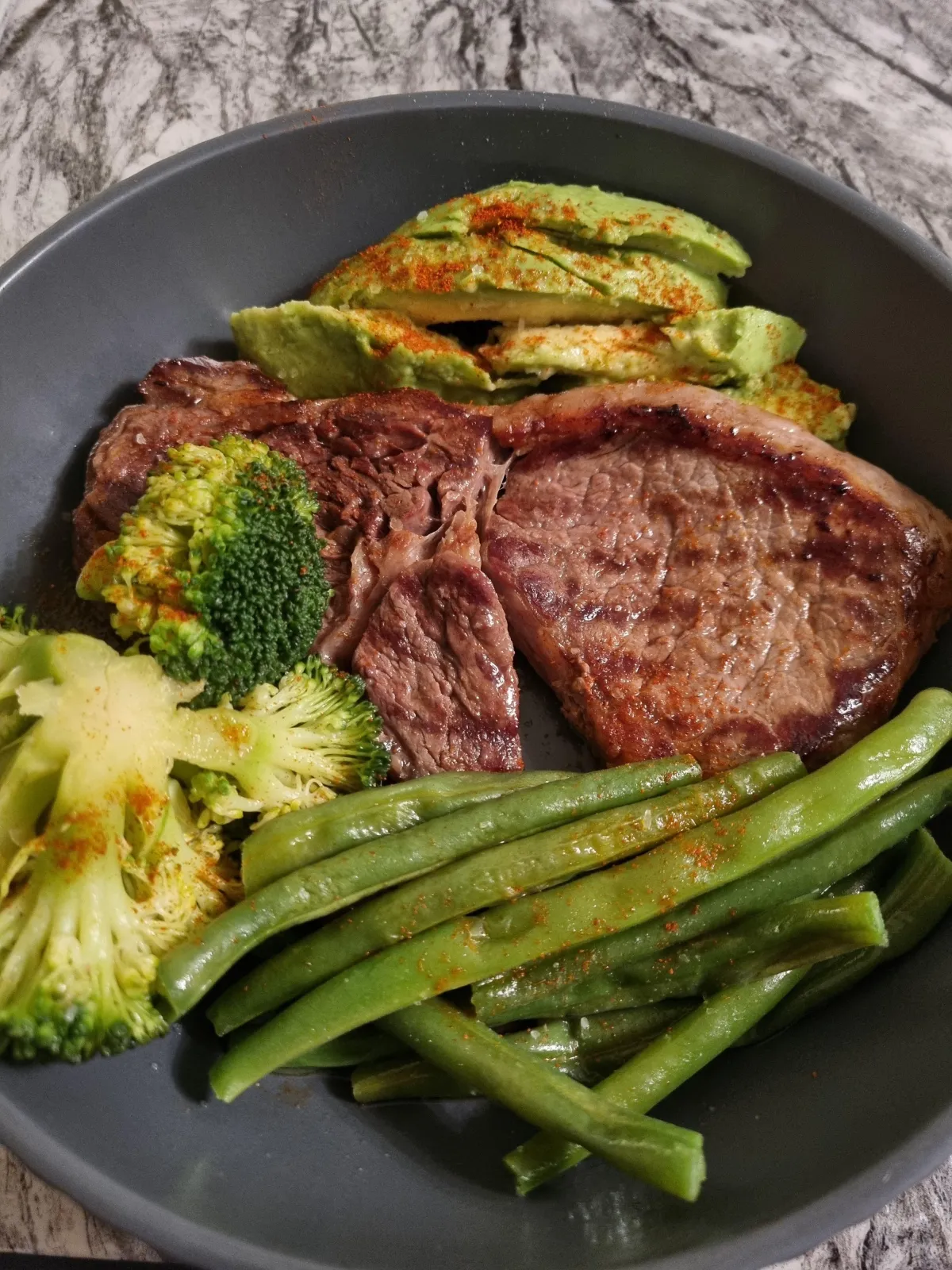MY DIABETIC HACKS
MANAGING GLUCOSE LEVELS
MADE EASY
-APPLE CIDER VINEGAR
This been shown to improve insulin sensitivity and lower blood sugar responses after meals. In some studies, consuming ACV before a high-carb meal reduced blood sugar levels by 20-34%. For example, one study found that 2 tablespoons (30 ml) of ACV taken before a meal resulted in a 34% reduction in post-meal blood sugar levels in people with insulin resistance.
-CINNAMON
Has been studied for its ability to improve insulin sensitivity and lower blood sugar levels. Research indicates that consuming cinnamon can reduce fasting blood sugar levels and improve HbA1c (a measure of long-term blood sugar control).
Some studies suggest that taking 1-6 grams of cinnamon daily (about 0.5 to 2 teaspoons) can lead to a reduction in fasting blood sugar levels by 10-29%. However, results can vary. I'll use this in coffee or green teas, so feel free to put it in any drink of your choice.
-MULBERRY LEAF
Mulberry leaf contains compounds, such as 1 deoxynojirimycin (DNJ), which can inhibit enzymes involved in the digestion of carbohydrates.
This can lead to a slower absorption of sugars and a reduction in post meal blood sugar spikes.
Some studies have shown that taking mulberry leaf extract can reduce blood sugar levels by 20-27% after meals in people with type 2 diabetes.
However, the exact percentage of reduction can vary based on the dosage and individual response.
-GROUNDING
Grounding is simple and offers benefits such as reduced inflammation, improved mood, better sleep, and enhanced cardiovascular health. However, while some studies support these claims, it can be a complementary approach to overall health and well being.
Also reducing red blood cell aggregation (less clumping, a more desirable viscosity), leading to a blood thinning effect.
A comprehensive study entitled "Earthing the human body influences physiologic processes” The study found significant physiological alterations when conducting several experiments with both earthed and non-earthed participants.
Notably, earthing during rest significantly lowered serum levels of certain minerals and improved thyroid hormone profiles.
Significantly, it also reduced blood glucose levels in diabetic patients, suggesting earthing's potential as a therapeutic intervention.
Ways to ground yourself.
Walk on grass.
Walk on sand.
Walk on soil.
Walk on concrete.
-LEMON PEEL
Lemon peel extract contains polyphenols, which impact our fasting glucose - GLP-1. If you're not familiar with GLP-1, it's a hormone produced in the intestines in response to food intake.
It has several crucial physiological effects related to regulating blood sugar levels and appetite.
GLP-1 enhances the secretion of insulin from the pancreas in a glucose-dependent manner. It aids in increasing insulin release when blood sugar levels are high, yet not when they are low, thus diminishing the risk of hypoglycemia.
Indeed, this is why lemon peel is incredibly important for glucose management.
GLP-1 suppresses the release of glucagon, a hormone that elevates blood sugar levels by promoting glucose release from the liver, thereby helping to lower blood sugar levels.
This counters the typical rise in blood sugar that most people experience in the mornings. Usually in type2 diabetics.
-SHIFTING OUR MINDSET IN THE ORDER WE EAT OUR MEALS
Research indicates that eating your meal in a specific order can help you avoid a significant glucose spike.
Eating proteins, high fats, and high fiber before your carbs is the way to go. This approach is now proven and backed by evidence and research, potentially decreasing your glucose spike by 15-30%.
DO NOT BLEND YOUR FRUIT AND VEG
Blending can break down the physical structure of fiber in fruits and vegetables. While the chemical composition of fiber remains unchanged, the physical breakdown can alter the way your body processes these fibers.
Intact fibers slow down digestion and the absorption of sugars, leading to more stable blood sugar levels. When fibers are broken down, this process can speed up, potentially causing quicker spikes in blood sugar.
WALK AFTER YOUR EVENING MEAL
Walking for about 15 to 30 minutes after a meal can lead to a reduction in blood sugar levels by approximately 10-20%. This is an average estimate and can vary based on the factors mentioned above.
For example, a study published in the journal "Diabetologia" found that participants who walked for 15 minutes after each meal experienced a significant reduction in blood sugar levels. The reductions were often more effective than a single 45-minute walk at another time of day.
STAY HYDRATED - DRINK MORE WATER
Proper hydration helps to dilute the concentration of glucose in the bloodstream, which can help manage blood sugar levels. Adequate fluid intake supports kidney function, helping to eliminate excess glucose through urine.
Diabetics are at a higher risk of dehydration because high blood sugar levels can cause the body to lose more fluids.
Dehydration can lead to symptoms such as dry mouth, fatigue, and dizziness, which can further complicate diabetic management.
Severe dehydration can lead to diabetic keto-acidosis (DKA), a life-threatening condition that occurs when the body starts breaking down fats too quickly, leading to a buildup of ketones in the blood.
SNACKING
For a healthier snacking routine, consider combining nuts such as walnuts, pecans, almonds, or hazelnuts with low-glycemic fruits like berries.
This snack choice is not only delicious but also beneficial for maintaining stable blood sugar levels. Nuts provide healthy fats and protein, which help slow the absorption of sugar into the bloodstream, while berries add a touch of sweetness without causing spikes in glucose.
Together, they work to keep your fasting glucose at a lower level for hours after eating. Incorporating this snack into your daily routine may lead to noticeable improvements in your energy levels and overall well-being. Give it a try and observe the positive effects on your health!
EXERCISE AND GLUCOSE
Exercise plays a crucial role in naturally lowering glucose levels without relying on insulin. By adopting a slow and steady approach to physical activity, especially when glucose levels are slightly elevated, you can effectively bring them back into a healthy range. Engaging in regular exercise helps improve insulin sensitivity, allowing your body to use glucose more efficiently.
However, it’s important to monitor your glucose levels during physical activity to ensure they remain within a safe range. By staying attentive to your body’s signals and adjusting as needed, you can enjoy the benefits of exercise while maintaining optimal glucose control.
NEVER EAT CARBS ON AN EMPTY STOMACH
Avoid eating carbs on an empty stomach, as this can cause a rapid spike in glucose levels, leading to fluctuations throughout the day.
When glucose levels drop after the initial spike, your body may crave something sweet to stabilise them, which is a natural response to prevent hypoglycemia—a potentially dangerous condition.
To maintain steady glucose levels, try pairing carbs with protein or healthy fats, which can help moderate the absorption of sugar and keep cravings in check. This approach supports better energy levels and overall well-being.
Disclaimer
The diabetic tips and strategies shared on this platform are derived from our personal experiences and the experiences of my son, as well as from valuable insights gathered through trial and error.
While we aim to provide information that is supported by proven and available data, it is crucial to emphasise the importance of consulting a qualified healthcare professional before implementing any significant changes to your diabetes management routine.
It is essential to recognise that individual responses to these strategies may vary, and what works effectively for one person may not yield the same results for another.
Feel free to explore and utilise the meals and hacks I've discovered along my journey.
These insights have been tested using the FreeStyle Libre 2 system and are supported by its data.
These meals have effectively kept mine and my sons glucose levels stable and sustained us, providing energy for training sessions.
I encourage you to try them out, take full advantage of these meals and hacks, and stay ahead of the game! Let's go!
